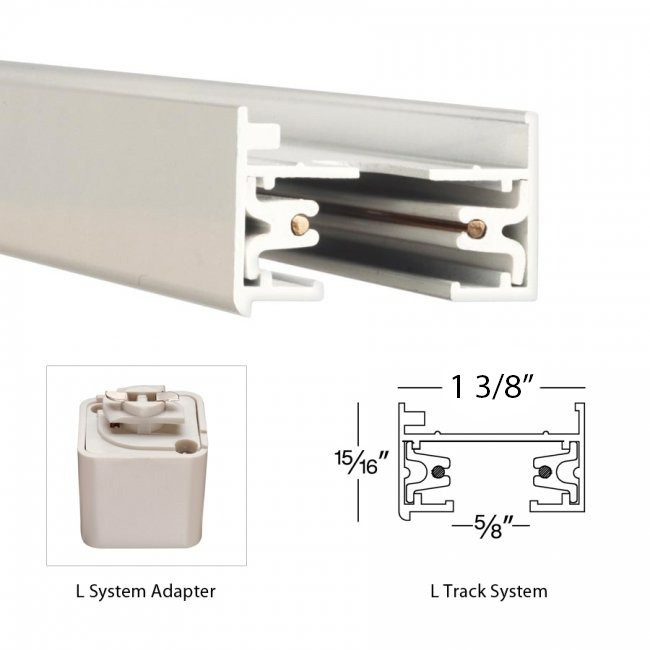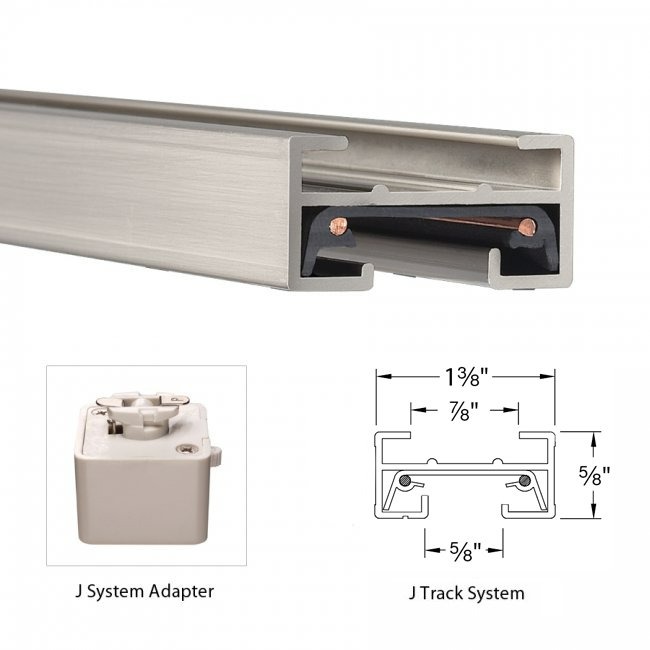This website uses cookies and similar technologies to enhance your experience, conduct analytics, and advertise to you or others. You may manage how we collect, use, and share your personal data by clicking “Preferences”. By clicking “Accept” or continuing to browse the website, you agree to the Terms of Use and Privacy Policy .
This website uses cookies and similar technologies to enhance your experience. Terms of Use and Privacy Policy .
At some point you may need to update your current track lighting system or replace a track head that stopped working. Most of us have no idea that there are different track systems on the market and not all of them are compatible. Which track lighting system do you have? Let's breakdown the three choices.
Track lighting is a line voltage lighting system that was originally invented in the 1960's by Lightolier, these systems had oversized heads, were expensive, and had many awkward parts. Track lighting really caught on when Halo introduced a cost effective, simpler system in the 1970's. Fast forward to the 1980's and track lighting was a thing! It became part of the architectural vernacular as it was both functional and looked good. At the time, track lighting was the very definition of contemporary lighting because it was stylish and new. Today we also have low-voltage track systems that are smaller in scale, but line voltage (120 volt) systems are still used commonly everyday as they are still easy, flexible, versatile, lighting systems that install easily and can cover a large area with lighting from just one electrical source.
These three main systems the worldwide standard today and now many other companies are able to produce compatible track heads that fit into these three unique track systems. The easiest way to identify which type of track head you have are from the track "teeth" or the metal contacts that fit into the track. All three systems have different bus systems. These were originally designed to be independent systems and allow Halo, Juno, and Lightolier to keep customers coming back once they bought into their product.
Lightolier, Juno, and Halo are commonly referred to as (L) (J) and (H) systems.

Your discount code is on its way.
If you don't receive your promo code, please check your email junk or spam folder and click on "Not spam".
THANK YOU!
X


